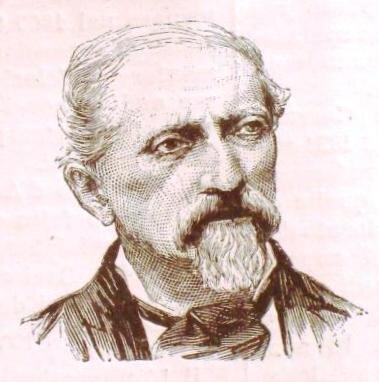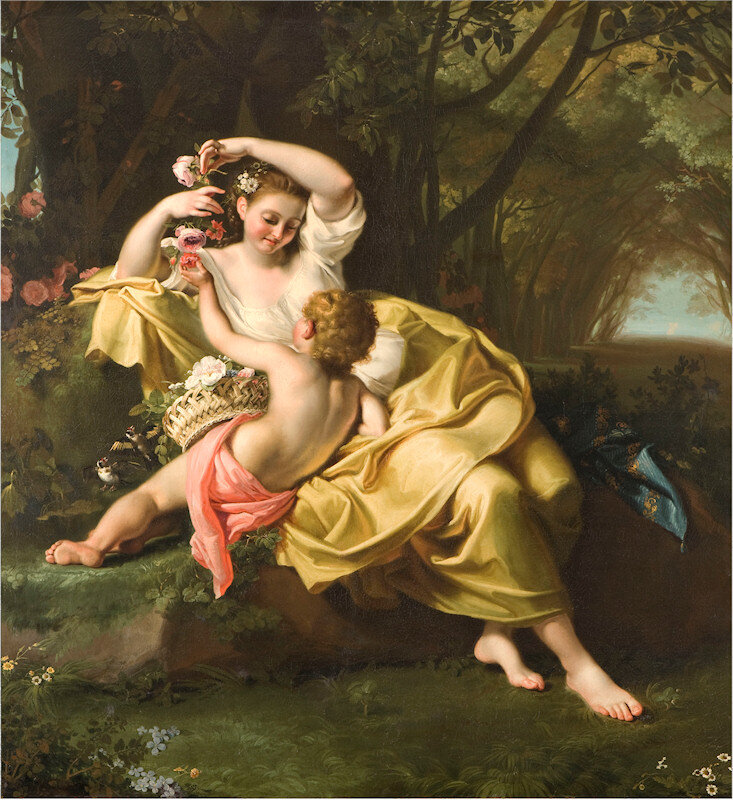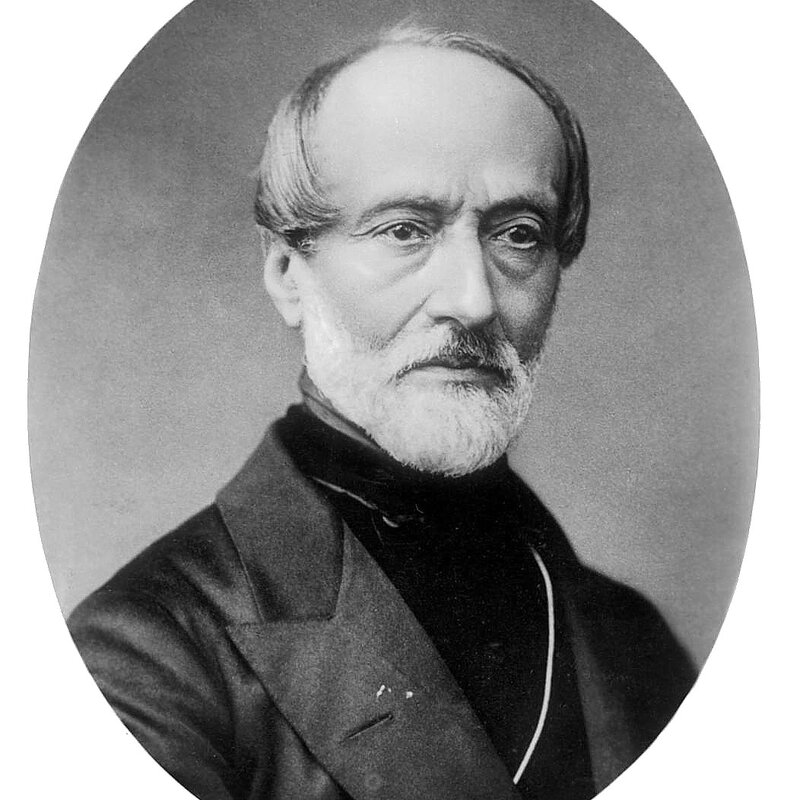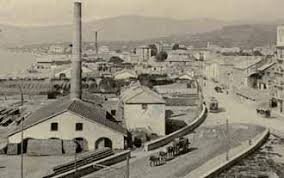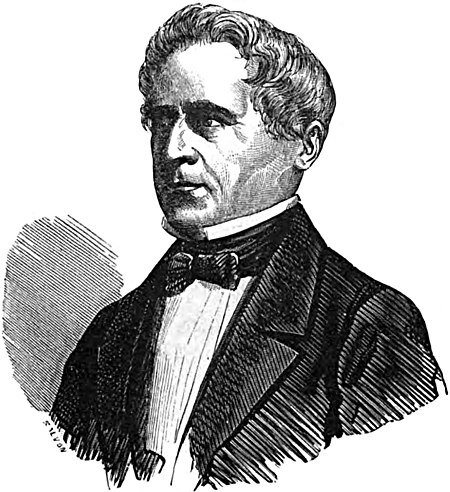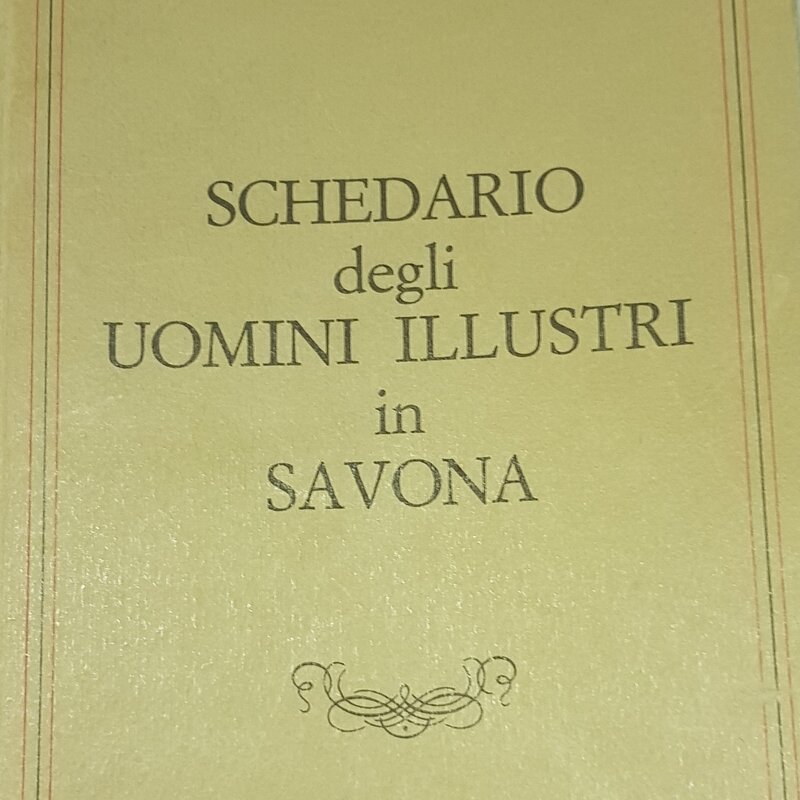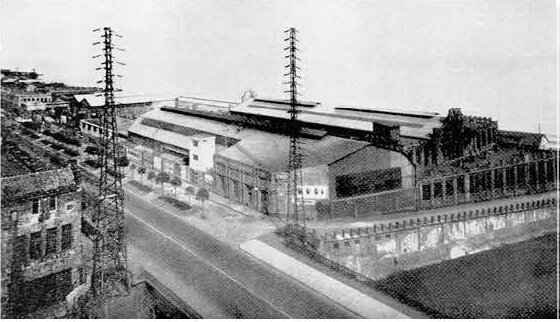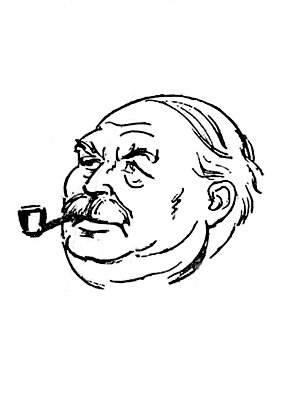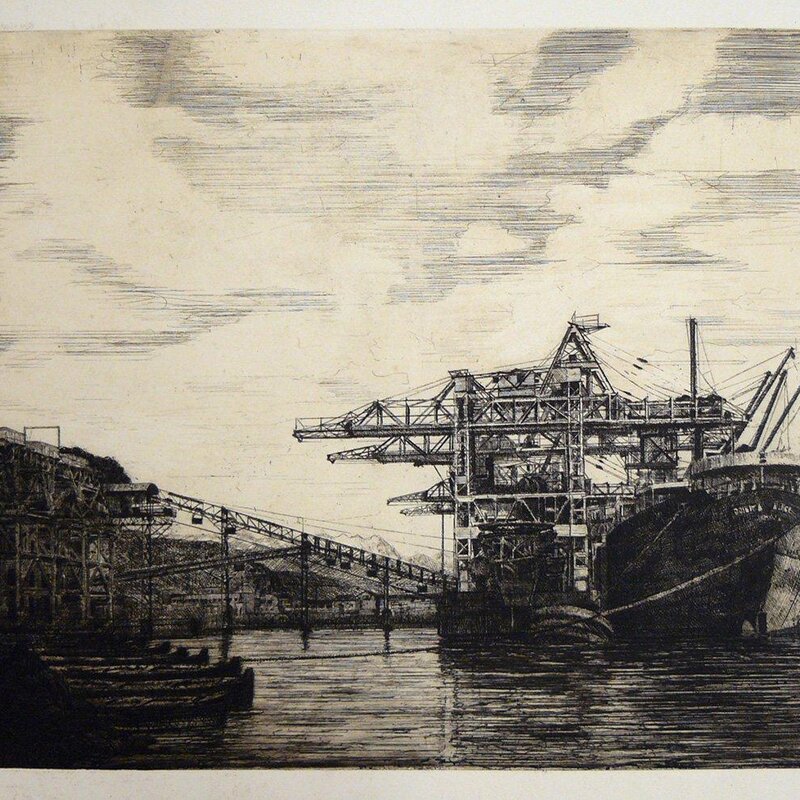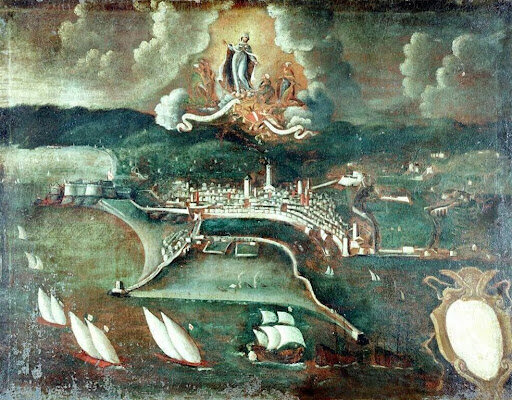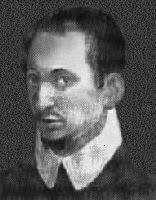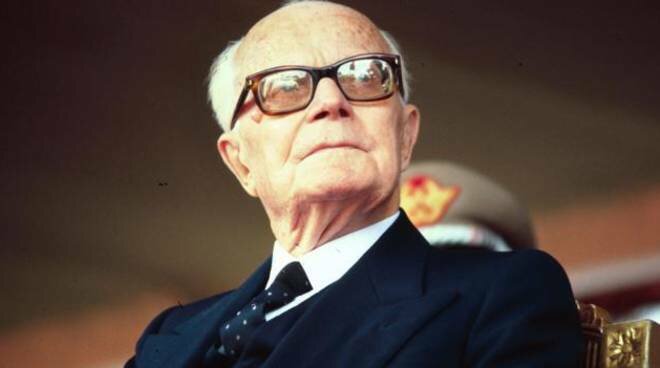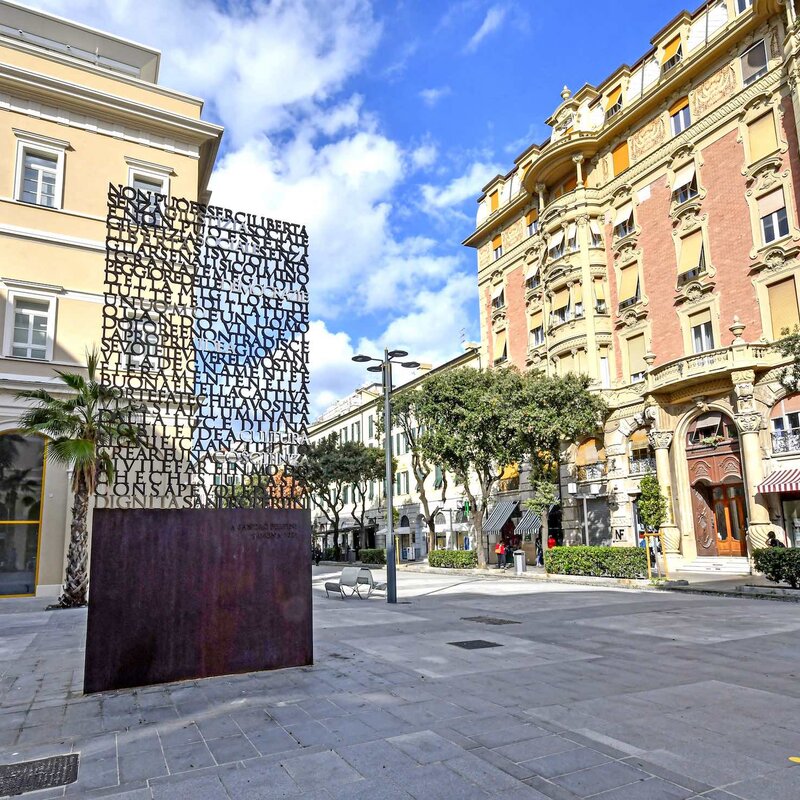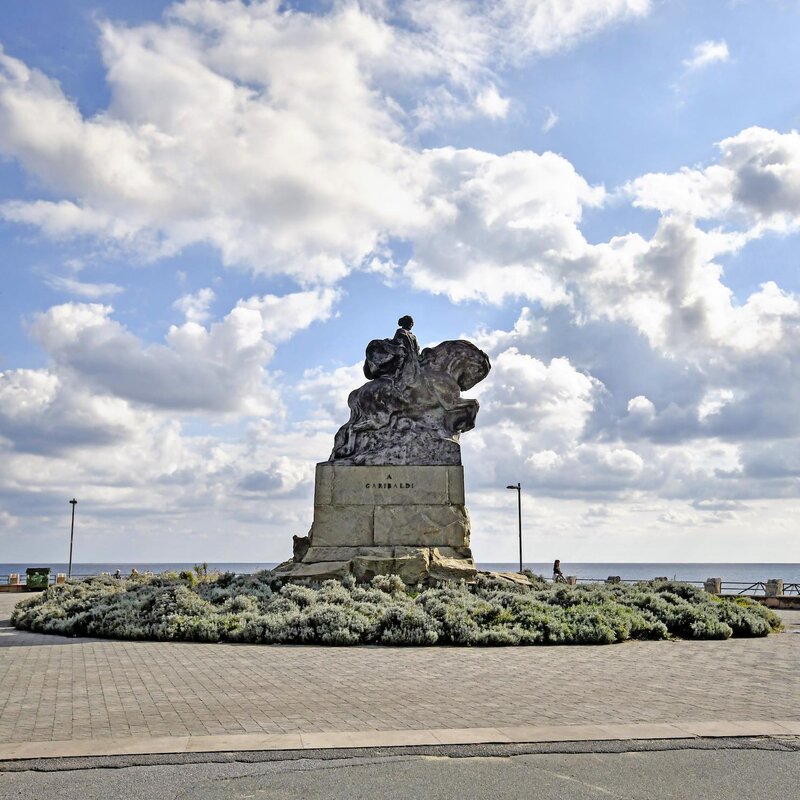City of Popes
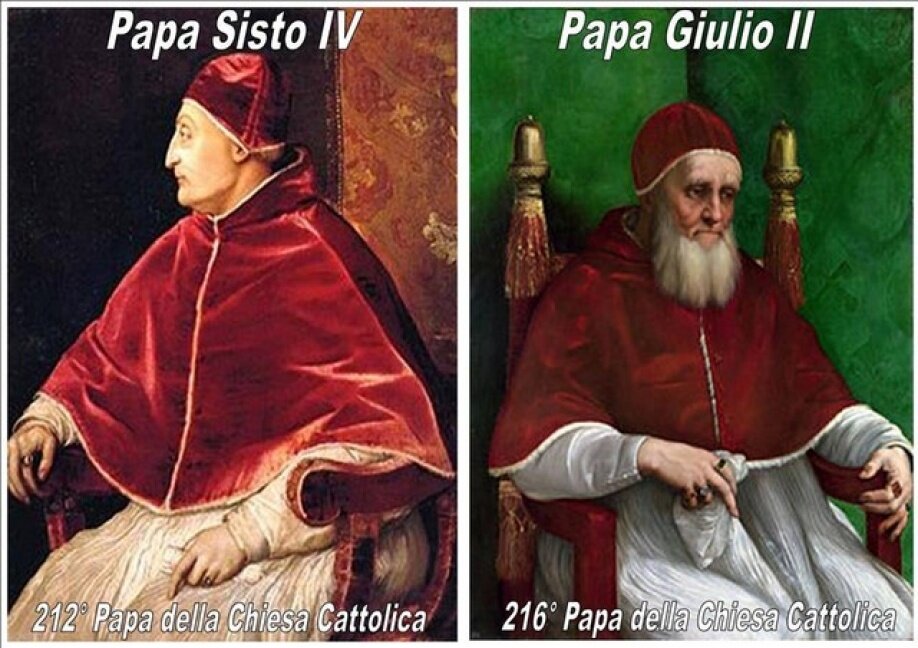
Savona benefited from these Popes’ patronage of the arts, so much so that painters, craftsmen and architects worked on the urban development of its historic centre.
Designed by architect Giuliano da Sangallo in 1495 and commissioned by Giuliano Della Rovere, Palazzo Della Rovere, also known as Palazzo Santa Chiara, is one of the most remarkable and innovative Renaissance architecture buildings in Liguria.
The Della Rovere family commissioned many of the works of art kept in the Cattedrale di Nostra Signora Assunta (Cathedral of Our Lady of the Assumption), including the Della Rovere Polyptych, made by Vincenzo Foppa and Ludovico Brea in 1490, commissioned by Julius II and housed in the Oratorio di Nostra Signora di Castello (Oratory of Our Lady of Castello). The Monte di Pietà Palace was constructed by Sixtus IV.
Other valuable works dating from the age of the Della Rovere family are part of the collection of the Pinacoteca Civica (the Civic Art Gallery) displayed in Palazzo Chabrol.
The coat of arms of the House of Della Rovere is visible on the façade of Palazzo Sacco-Multedo in Piazzetta della Maddalena.
The more recent and eventful life of Pope Pius VII is also intertwined with the city of Savona. From 1809 to 1812, and from February to March 1814, Pius VII was taken prisoner by Napoleon. Initially he was confined in Palazzo Santa Chiara and then in the Bishop's Palace (located in Piazza del Vescovado, in the historic centre)
During his imprisonment in Savona, Pius VII went three times to the Santuario di Nostra Signora della Misericordia (the Shrine of Our Lady of Mercy), located on a mountain near Savona, to thank her for having spared his life.
On 10 May 1815, the Pope donated a precious crown to the statue of the Virgin, which is now kept in the Sanctuary Museum.
Francesco Della Rovere was born in Celle Ligure. After having joined the Order of Friars Minor, he graduated in theology at the University of Padua. He was elected Minister General of the O.F.M in 1464 and three years later he was appointed Cardinal by Pope Paul II. He was elected Pope in 1471, following the death of Paul II, and ascended the chair of St. Peter as Sixtus IV.
Julius II (1443-1513).
Giuliano Della Rovere was born in Albisola Superiore and was educated by the Franciscans in Perugia. He was a nephew of Pope Sixtus and was assigned the important bishopric of Avignon and of other cities by his uncle. He was elevated to the position of cardinal in 1471 and elected Pope in 1503, after Paul II’s brief pontificate.
